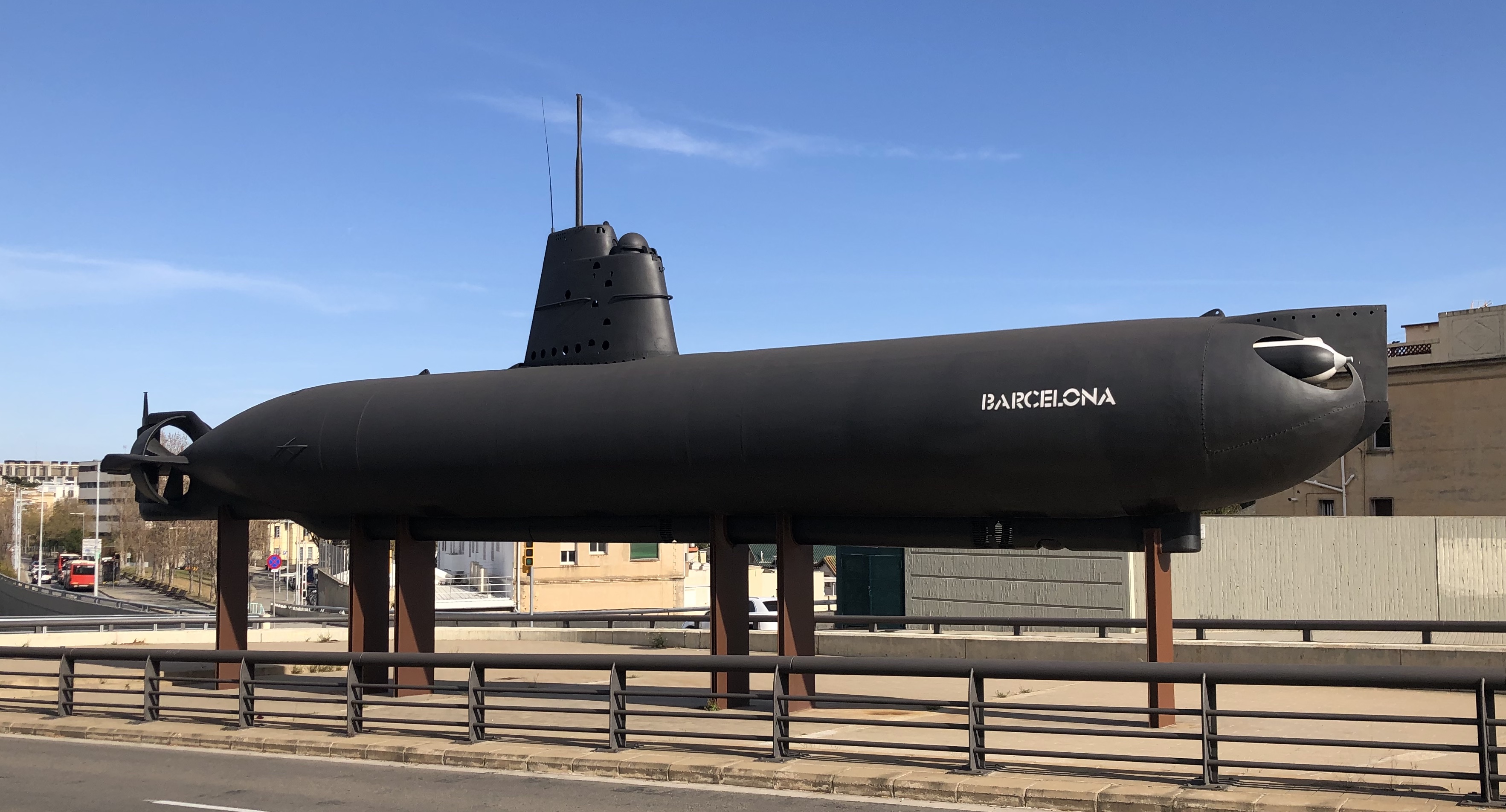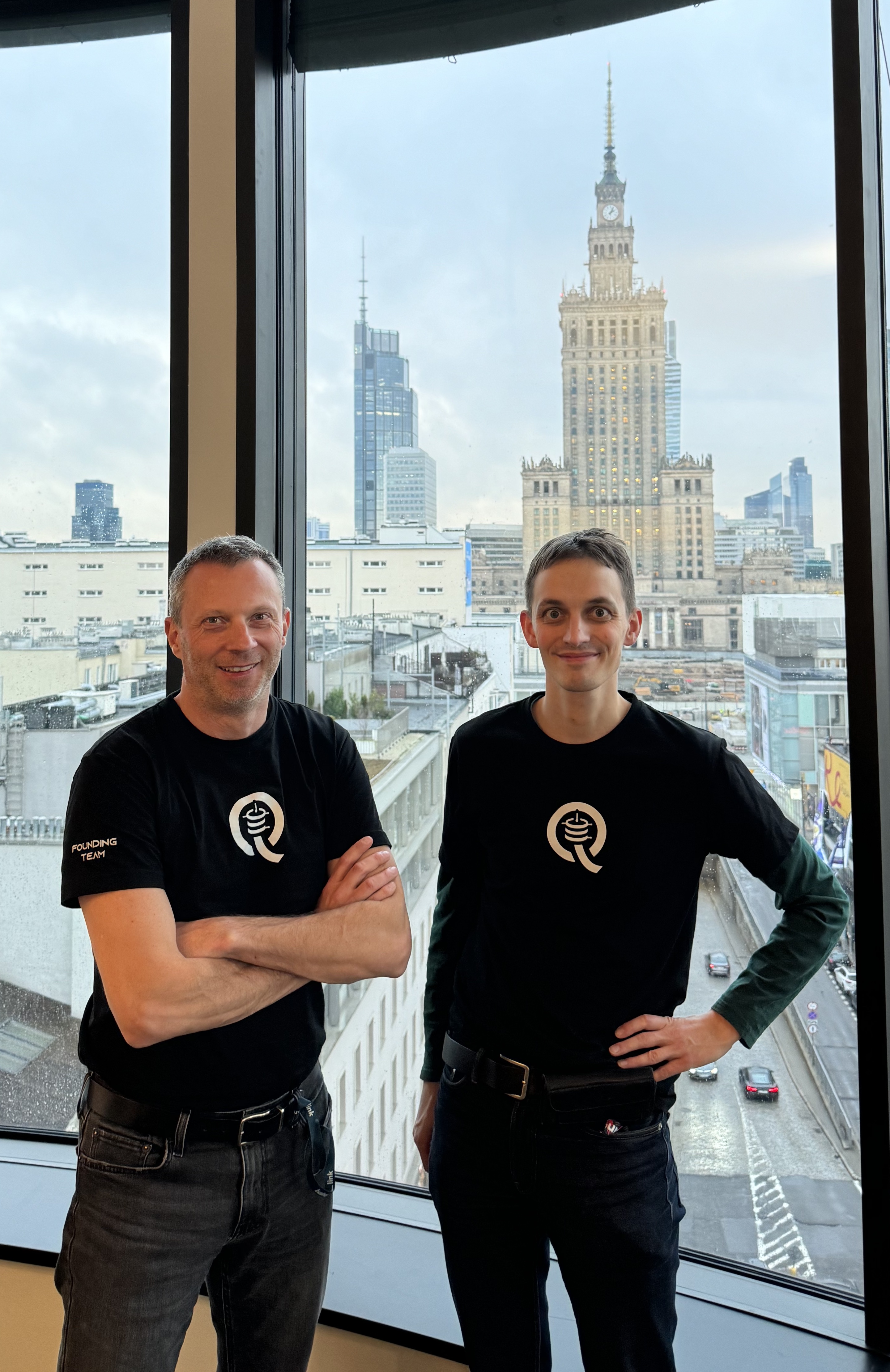The year of exploration: My Journey to Founding Quesma
The 2023 was a year of exploration for me.
Upon leaving my decade-long tenure at Sumo Logic in December 2022, I was proud of our remarkable achievements ($299 million ARR). But beneath that pride, a nagging doubt lingered. I feared being trapped in a local optimum. My singular ambition for 2023 was clear: to uncover what would spark and fuel my passion for the forthcoming decade.
Reflecting on 2023
I decided to leave gracefully, do the best transition, but be clear that there is no turning back. Despite this, thoughts of my previous role often crossed my mind throughout the year. While some of these reflections were positive, I frequently found myself burdened with a sense of responsibility and caught up in endless ‘what-ifs’. The tumultuous tech market of 2023, with its end to the era of zero-percent interest rates, certainly didn’t make things easier.
I started the year with many enjoyable pursuits—a taste of early retirement. Yet, this constant indulgence in leisure soon lost its sheen. After the initial three weeks, I yearned to engage in something impactful. Thus, I chose to balance work and play throughout the year.

Scouting for Opportunities: My Three Gigs
In the past, several offers to work together had come my way. I revisited these, seeking roles where a short, intensive two-week engagement could make a real difference and offer me new learning experiences. My honesty about these short-term commitments narrowed my options, but I eventually landed three exciting gigs.
The first was with an African fintech firm operating in challenging frontier markets. Seeing a business tackling critical infrastructure issues in harsh conditions was enlightening. Despite limited capital, they faced more challenges than many companies I’ve known. As they grew, engineering hurdles became prominent, mainly handled by one exceptional engineer. I tackled several outages and helped implement changes to stabilise their architecture and recruit a permanent leader.
My second stint was with a very early startup in the San Francisco Bay Area, aiming to revolutionise education through advancements in Large Language Models. Working on an early prototype using TypeScript and OpenAI was thrilling. Although the experience was enriching, it didn’t seem the right fit for the long haul.
The third gig brought me closer to my expertise—a late-stage enterprise SaaS company. I relished the architectural discussions and admired their robust practices. I could envision a future there, yet my aspirations to build something from the ground up held me back.
I also explored opportunities in cloud cost optimisation but couldn’t secure a fitting project. A full-time role might have been more straightforward, but it wouldn’t serve my ultimate goal: starting my startup.
Tarpit startup ideas
I always wanted to build a company. Startups are frequently the most efficient way to make a profound impact. Build something that people need.
I found an ideal partner, adept in legal and operational matters, to join me in this venture. Together, we had a grand vision of revolutionising the insurance market and other promising ideas.

Venturing into Insurtech
At first, the insurance sector seemed ripe for disruption. The customer experience was lacklustre, and incumbents were reaping substantial profits. Our thorough analysis of startups in this domain revealed numerous well-executed attempts to shake up the space. Yet, even successful ventures like Lemonade faced challenges. Extensive customer interviews confirmed our findings: success in this sector hinges more on efficient go-to-market and solid long-term relationships than technological innovation. Certain entrenched business practices, like the deliberately arduous claims process, appeared so profitable.
While we did spot some niche opportunities, they didn’t pave the way to building a billion-dollar enterprise.
Exploring Employment of Record and Payroll Services
Next, we shifted our focus to employment of record and payroll services, a sector that had grown post-Covid. Following a disciplined approach, we conducted customer interviews and market research. Despite the expansion, we observed saturation with a new provider every week. The issues with major vendors were growing pains rather than systemic. To many prospective clients, these services appeared interchangeable, with some even using multiple providers by mistake.
Although the concept was sound, we missed the train. Our timing was too late. The market is too crowded, differentiation seemed challenging, and we anticipated future margin compression.
Plunge into AgriTech
Our journey led us to technological advancements that agriculture should have adopted more widely. Our hypothesis did not survive contact with the first batch of potential customers. Big farms already use many techniques, while smaller farms need more scale to take advantage of existing ones. Former ag tech founders warned us about this being a dead zone. Even with the most progressive farmers, the conversations were challenging. We simply lacked founder-market fit.
Contemplating Climate Tech
The dream of tackling climate change is common among my generation. Successful startups often excel by offering innovative solutions that are ten times better.
However, impactful climate technology often involves the widespread adoption of existing technologies and learning by doing at a mass scale (Solar’s Future is Insanely Cheap). It’s generally a low-margin, commoditised sector.
After reading about hydrogen and consulting experts, I realised its hype didn’t align with practicality. Electrification and batteries often outperformed it in my calculations.
The one climate tech idea that passed initial scrutiny involved advanced drilling techniques for ground heat pumps. However, this concept faced substantial hurdles. It was a capital-intensive endeavour with significant barriers, such as reluctance from homeowners to disrupt their yards. Moreover, a combination of advancements in cheap solar, heat storage and air pumps might be a better alternative. Building a prototype is a several-million-dollar exercise.
This exploration, rich in insights and worthy of its blog post, is something I’m eager to share openly. I’d be thrilled if it inspired a startup.
Let’s build
Though I enjoyed the process, months passed by, and I kept failing, cheaply and efficiently, but I still needed to find my next thing. The customer discovery was starting to feel painful. Responses were scarce, and rejections were frequent, testing our perseverance.
Seeking a change in scenery and perspective, we arranged a week-long offsite in Barcelona. There, we developed a productivity SaaS application. We identified our target market, created a sleek landing page, and developed mockups using Figma, enhancing their appeal with the help of Fiverr contractors. We even invested extra effort into producing a demo video. After several weeks of hard work, we began pitching our idea.
Unfortunately, the response was disheartening. We arranged over ten meetings, primarily with individuals within our ideal customer persona – many of whom were friends. The feedback was unanimously negative. Even when offered for free, no one was interested in using our product. The common narrative was a trend towards consolidating and reducing the number of SaaS tools in their workflow, not adding new ones. Our research revealed an overwhelming list of over 50 competing tools claiming similar functionalities.
During this journey, my co-founder and I also came to a pivotal realisation about our partnership. While we shared a great personal rapport, our business visions diverged significantly. My inclination was towards sophisticated B2B enterprise technology, whereas my partner favoured B2C models focused on operational excellence. Our efforts to align our distinct approaches ultimately highlighted our partnership’s strengths and limitations. With mutual respect and acknowledgement of our differing paths, we decided to pursue our entrepreneurial journeys separately.

New Focus: The Journey to Founder-Market Fit
In May 2023, I decided to concentrate solely on B2B enterprise software, specifically in areas where I could have been a customer in my previous roles. This focus significantly streamlined my decision-making process.
During this period, I participated in the Inovo Fighting Club and similar forums for founders. These communities have been invaluable, and I am immensely grateful for the support and opportunities they provided. Among these was an invitation to an exit party in Ibiza, celebrating the success of an Immerok data processing startup, an event that was both an honour and a highlight.
This journey reaffirmed my affinity for the B2B enterprise software sector. Fields like data infrastructure and developer tooling are not just within my area of expertise; they are my passion. Engaging with numerous industry leaders and reflecting on my experiences made it increasingly apparent where I could make a meaningful impact.
One area that particularly resonates with me is data migration. Unlike many engineers who dread them, I find these challenges invigorating. My background includes converting database formats during an internship at Facebook and spearheading similar initiatives at Sumo Logic. I’m acutely aware of companies’ struggles during these transitions, having consistently encountered tales of woes, challenges, and setbacks. These issues might be seldom discussed on conference stages, but they are a grim reality in everyday corporate life.
By June, I felt a profound shift in my journey. Suppose I had previously seemed like a penguin awkwardly navigating on ice, questioned for not flying like other birds. Now, I was in my element, gliding swiftly through the water. This realisation was not just a direction but a calling where my skills and passions are perfectly aligned with customer needs.
I had finally pinpointed the problem I was eager to solve: simplifying the process of making changes in data architecture.

Securing the Right Co-Founder
Though my customer development, tech research and learning progressed over the summer, I needed an equal co-founder. The product is complex in this category, but the go-to-market is similarly challenging.
I was committed to finding someone who matched my high standards and was ready to dive in full-time, even without concrete assurances. My search involved a co-founder matching process with a few people from my network. The two candidates were close, but we did not partner after a long discussion.
The ideal co-founder is often someone you’ve known all along but seemed out of reach. The tech industry’s downturn in 2023 opened unexpected doors as many talented individuals began exploring new opportunities. Fortunately, this shift meant that my former business partner, Pawel Brzoska, was now available. Our instant connection was undeniable. Although we went through the usual vetting questions and processes, our prior four years of daily collaboration provided a strong foundation for a new venture.
Pawel and I shared enthusiasm for the domain and its mission. We began our collaborative journey in August 2023. Pawel came up with our company name, “Quesma” and helped shape our vision.
Our efforts soon bore fruit as we successfully raised over $2.3 million in funding and recruiting our initial team.

As I look ahead to 2024, I am filled with anticipation and excitement for what the future holds for Quesma and our team.